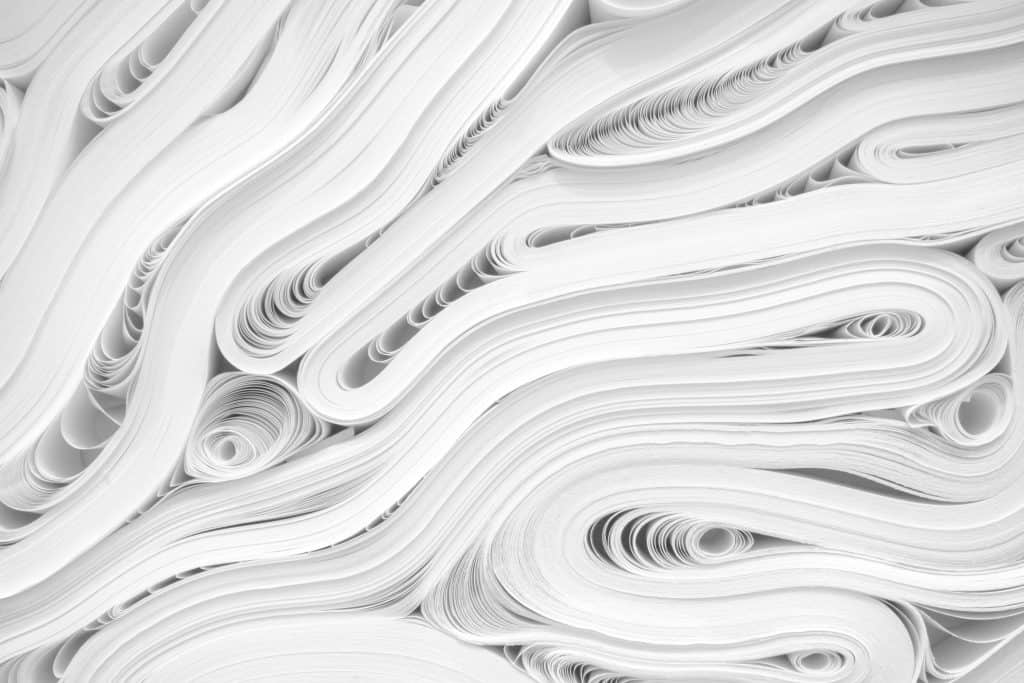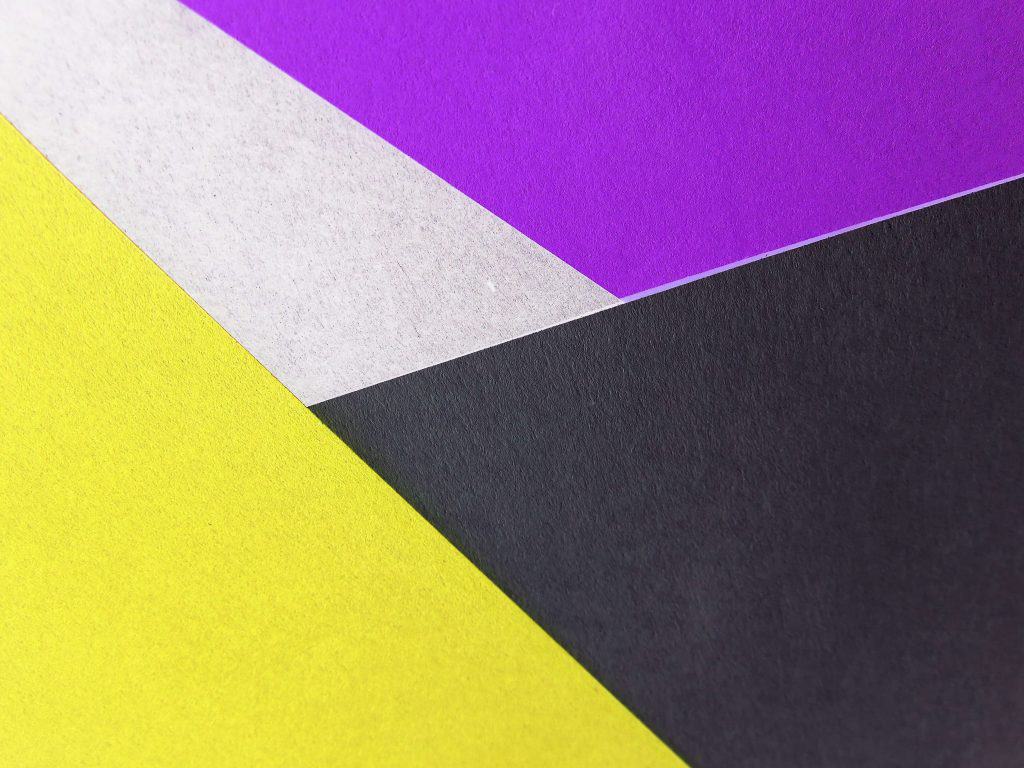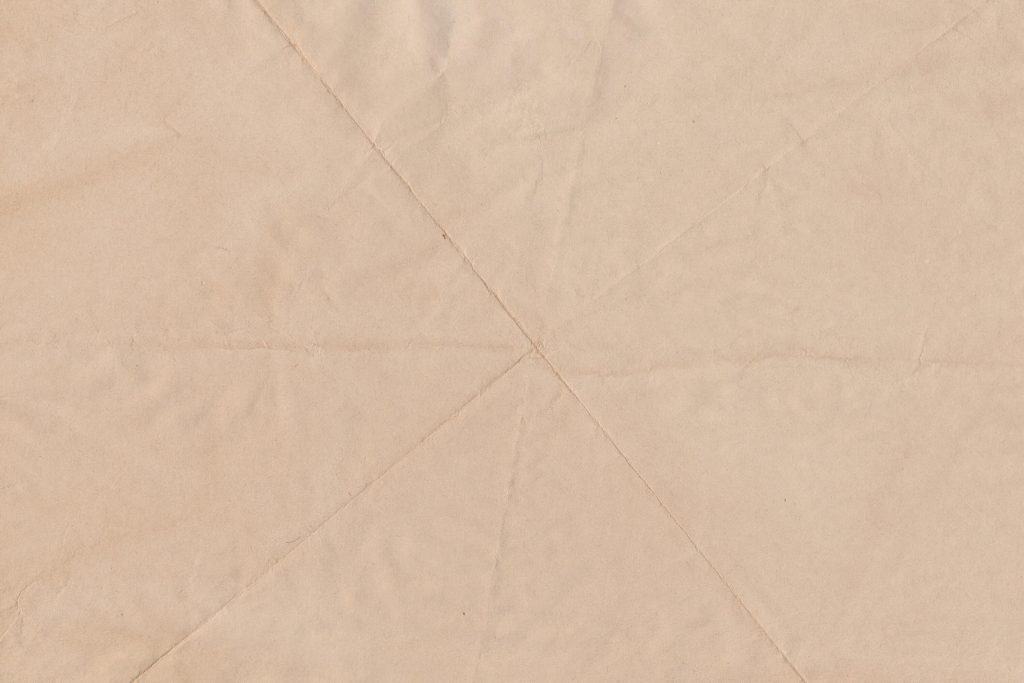Print quality depends on more than just the type of printer. The right paper can make a printout from an inferior device look much better. On the other hand, the wrong paper, used in the best printer, can affect the quality of the printout and the life span of the device itself.
Printer paper is a widely available product. Rice can be found on supermarket shelves, in toy and stationery stores, and even in home appliance and electronics stores. The commonness of selling reams of paper makes us, as consumers, stop treating it as a specialist product. Very often we grab one ream of paper from the pile while doing other shopping and move on. A frequent criterion for selection is the price – after all it is only paper, so why overpay. Such actions, however, can be disastrous for our printers and for the quality of printouts. So what should you do to choose the best paper for your printer?

Before we even go shopping, it’s a good idea to take a look at our printer. The type of printer is the first determinant of paper purchase. Depending on whether your printer is inkjet or laser, or whether you have a dot matrix printer in your home or office, the type of paper will make a difference. The most common types of printers are the first two
For inkjet printers, lightweight risks are suitable. However, it is worth paying attention that they should not be less than 80 g/m2. Thanks to this, we will limit the risk of paper jamming in the printer and we will be able to perform double-sided printing. In the case of lower basis weight, we may observe the deterioration of paper work. Slightly heavier weights – up to 120 g/m2 – are suitable for laser printers. The second determinant in the selection of paper for the printer should be the final purpose of the printout. Depending on what and for what purpose we are going to print, we can choose the smoothness of the paper, its thickness, perforation, color and texture

How to read the paper parameters to choose the right one for our purpose? We can find a whole lot of markings on riffs, but it is worth knowing a few basic terms:

In addition to the previously mentioned types of paper, we can also distinguish more specialized ones. On the market there are self-adhesive papers, papers for visual artists, papers with partially finished templates, paper for business cards, invitations or envelopes. Photographic paper is a separate subject in this area. The offer of printing papers is really very wide